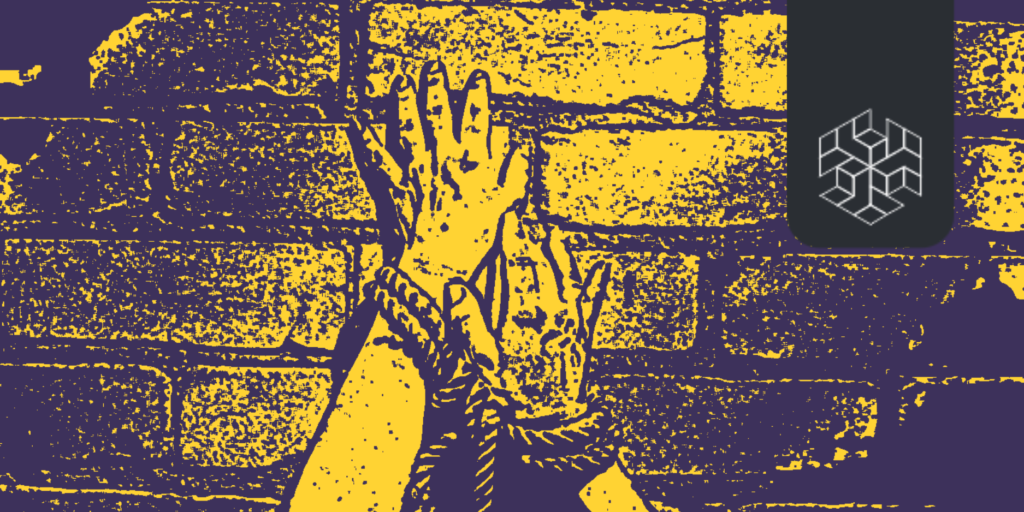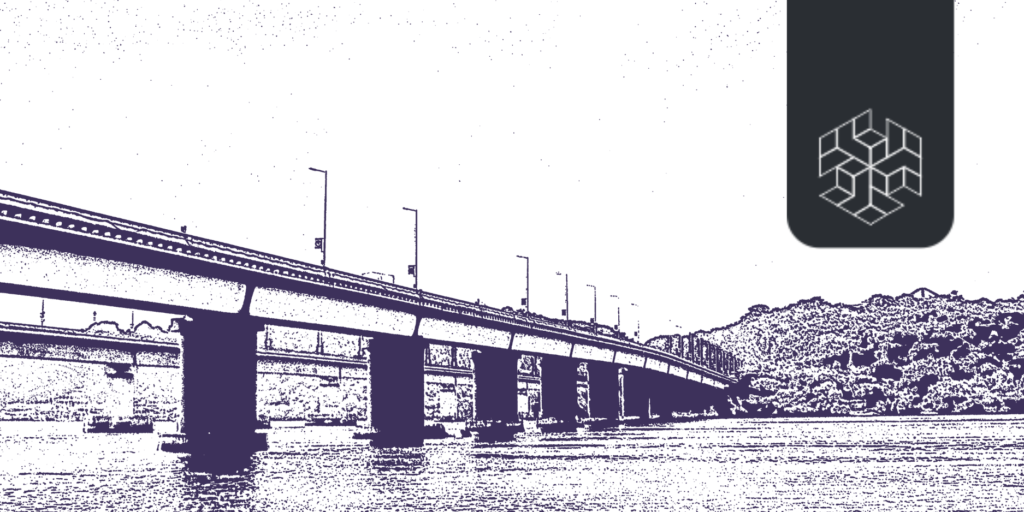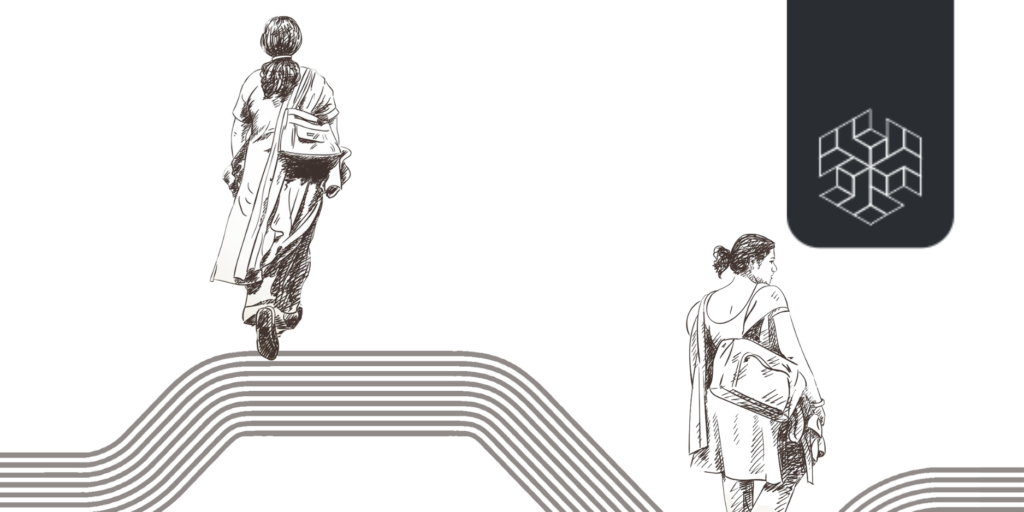Author: Geetanjali Sharma
Editor: Soumya Singhal
Abstract
The Delhi Metro-Rail [DMR] System is an essential mode of mass transit that facilitates an integrated urban public transport system. However, poor last-mile connectivity impacts the DMR system’s ridership and makes it less inclusive for socio-economically marginalised groups. It is important to understand the issues related to last-mile connectivity because it is essential to providing accessible, affordable, comfortable, and sustainable transportation in metropolitans like Delhi. This paper uses the ‘4As framework’ and argues for an inclusive last-mile connectivity system for the DMR that focuses on the needs of the different categories of commuters. The paper highlights concerns regarding existing policy measures and lists recommendations for a more integrated and inclusive last-mile connectivity system.
Keywords: Last-mile connectivity, Delhi Metro-Rail System, inclusive transportation, accessible transportation
Introduction: Last-mile Connectivity and Delhi Metro Ridership
Last-mile connectivity refers to the various public transit systems that connect the ‘first’ and the ‘last’ points of commuters’ journeys, that is, the starting point of a commuter’s trip to the public transit system and their final destination. Various forms of travel are used for last-mile connectivity. These include formal and informal public transport [IPT] and private modes of travel.
According to the 2011 Census, public transport systems account for over 60% of total urban trips in cities with a population of more than 50 lakhs (Irani, 2022). The DMR System is a fast and safe mode of mass transport that facilitates the movement of people across the city (Ministry of Housing and Urban Affairs, 2017). However, despite its benefits and growing demand for transit options, the mass transit system has not achieved its level of projected ridership. For example, Delhi Metro’s actual average daily ridership for 2019-20 was 51.97% of the projected figure (Ministry of Housing and Urban Affairs, 2021) . Ensuring affordable and accessible last-mile connectivity and enhancing the availability and acceptability of different modes of transport improves the quality of access to metro stations.



